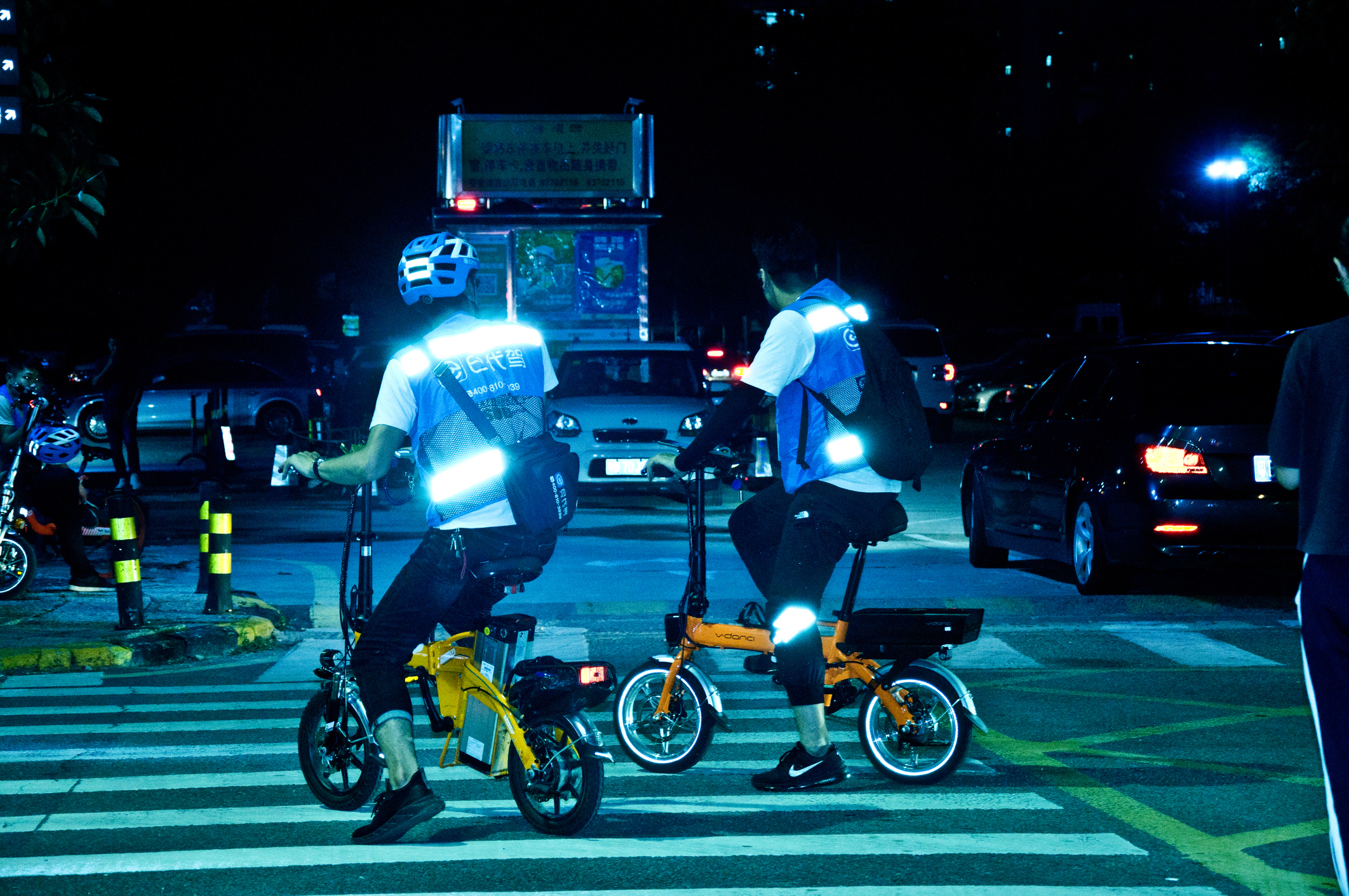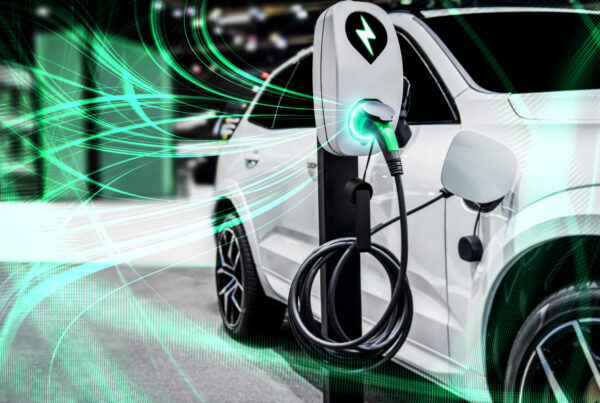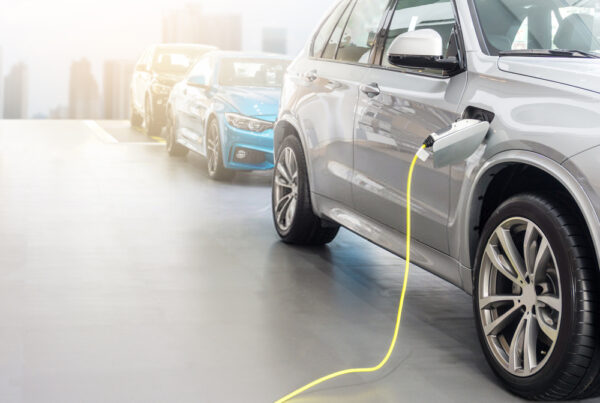A new study from the Insurance Institute for Highway Safety (IIHS) in the US shows that high-visibility clothing, designed to keep people safe, might actually make it harder for cars to detect pedestrians wearing it.
Pedestrians, cyclists, and road workers often wear bright, reflective clothing to stay visible. But these clothes may cause problems for automated crash prevention systems in cars, like pedestrian automatic emergency braking (AEB), which are supposed to stop cars from hitting pedestrians.
“These results suggest that some automakers need to tweak their pedestrian AEB systems,” said David Harkey, president of IIHS. “It’s untenable that the clothes that pedestrians, cyclists, and roadway workers wear to be safe may make them harder for crash avoidance technology to recognise.”
The Study and Its Findings
The IIHS study examined AEB system performance in three 2023 car models: the Honda CR-V, Mazda CX-5, and Subaru Forester. It tested how the systems responded when a dummy, dressed in various clothing, crossed the road. The tests were conducted at 25 mph under different lighting conditions, including no lights, 10 lux, and 20 lux. The 20 lux lighting level is the recommended standard for crosswalks.
Earlier research by IIHS showed that pedestrian AEB systems reduce crashes by 27%, but they don’t work well at night, when most deadly pedestrian crashes happen. The new study tested how different types of clothing affected these systems.
The dummy wore four types of clothing: black, reflective jacket, black with reflective strips, and white. These outfits were tested to see how the AEB systems reacted to different visibility levels. The tests showed that the clothing had a big impact on the car systems’ ability to avoid hitting the pedestrian.
Problems with Reflective Strips
The results showed that when the dummy wore reflective clothing, some car systems had trouble detecting the pedestrian. The Honda CR-V and Mazda CX-5 did not slow down when the dummy wore clothing with reflective strips. However, the Subaru Forester was much better at stopping, successfully avoiding a crash in almost all tests.
When the dummy wore black clothing, the CR-V and CX-5 performed better with high beams, but still didn’t slow enough with low beams. However, when the dummy wore a reflective jacket or white clothing, the vehicles did not slow down as much, especially when there was less lighting.
IIHS researchers believe the reflective strips on the limbs and joints of the clothing confused the crash detection systems.
“The placement and motion of reflective strips on the joints and limbs of pants and jackets allows drivers to quickly recognize the pattern of movement as a person,” said David Kidd, a senior research scientist at IIHS.
“Unfortunately, the moving strips didn’t have the same effect for the pedestrian AEB systems we tested and probably confounded their sensors.”
Implications
The study raises concerns for road workers and emergency responders who depend on reflective clothing for safety. These groups depend on being easily recognised by advanced vehicle systems. While car manufacturers are working to improve pedestrian AEB systems, the findings highlight that current efforts may not be enough. More must be done to ensure these systems perform effectively in real-world situations.
“It’s not clear why the Honda and Mazda systems struggled with the reflective strips or how many other systems might have trouble identifying pedestrians wearing this type of clothing,” said Kidd. “Further research is needed to determine how crash avoidance systems respond to the specific safety equipment used by such workers.”
“This is a worrisome blind spot,” Harkey said. “To make good on their potential, pedestrian detection systems have to work with the other commonly used safety measures.”
The study shows that researchers need to conduct further work to improve pedestrian AEB systems. Enhancements are necessary to help these systems better recognize people wearing safety gear, making our roads safer for everyone.
Did you find this article interesting? Click the ‘heart’ button above to give it a ‘like’!






